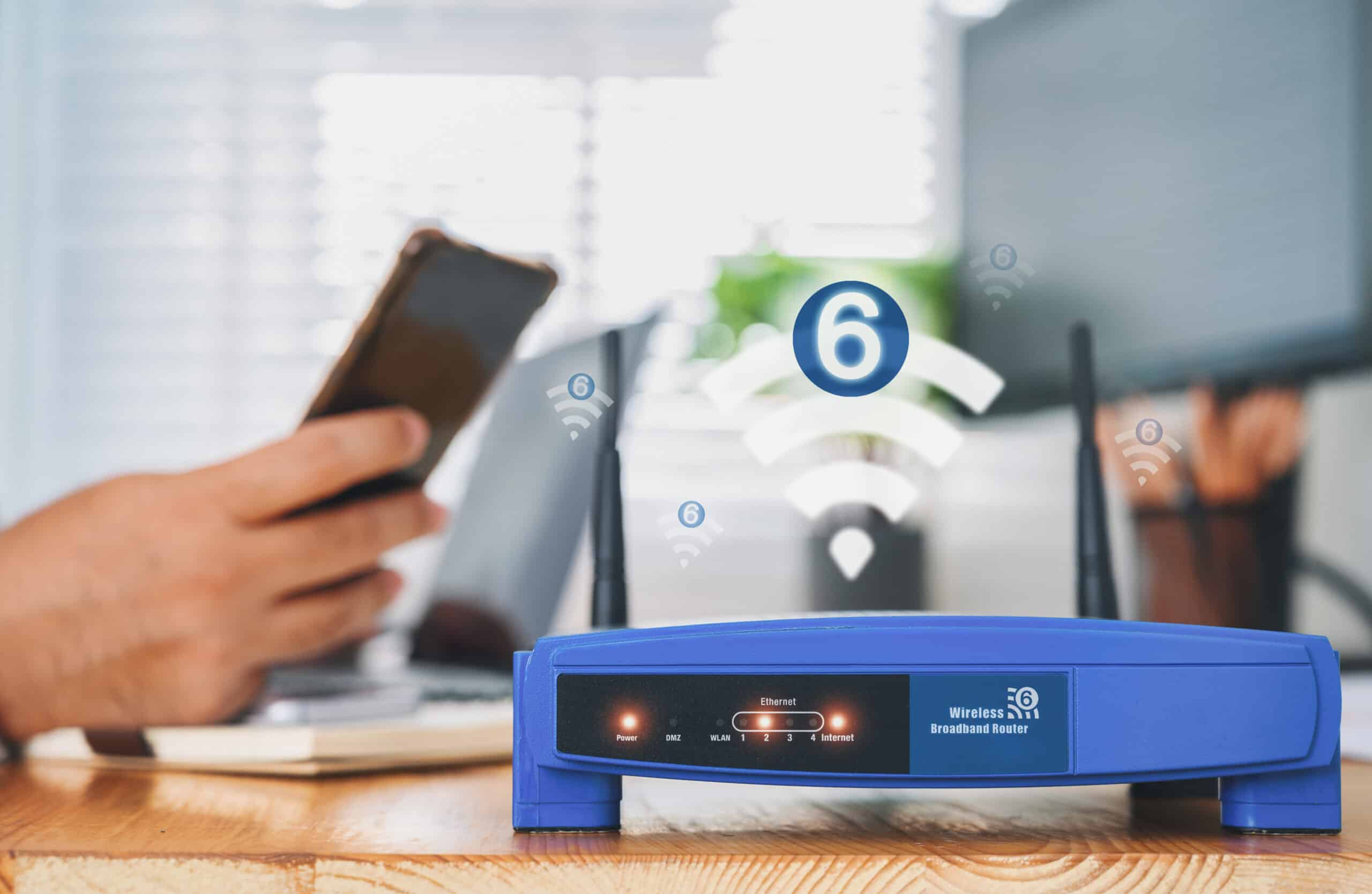In this day and age an effective and reliable WiFi signal is essential for seamless connectivity and high productivity. The location of Wireless Access Points (WAP) is an essential component in achieving seamless connectivity and efficiency. Location of the WAP is essential for stability and strength. We’ll examine WAP devices, and then learn how to select the best access point for your home to ensure optimal wireless connectivity.
Wap Wireless access point is an essential networking device which allows wirelessly-enabled devices connect to networks wired via WiFi or other standards. It’s an essential device that can help you extend the range of your wireless network, and reduce the need for heavy wires. The WAP transforms the information received from a router using an Ethernet cable into radio frequency. The WAP device can detect this signal, granting them access to the network. For more information, click WAP Wireless Access Point
WAP Placement and Its Impact
It is important to place an WAP in a way to guarantee a stable WiFi signal across your entire area. The location of the WAP can affect the signal strength in addition to the coverage range and overall performance of your WiFi network. Placing the wireless access point in the best location can help reduce interference and enhance coverage while improving connectivity for users.

Factors affecting WAP signal strength
The WAP signal sent to your device is affected by various elements. This includes:
Signal strength: The strength of the WAP signal.
Range: The length of time that the WAP can transmit a stable and strong signal.
Interference: The presence of obstacles or electronic devices which could interfere with the WiFi signal.
Finding the Best Home Access Point
To ensure the best WiFi performance, choosing the right WiFi provider for your office or home is crucial. Take into consideration these aspects when selecting the most suitable access point for your home:
Signal Strength and Coverage Choose a WiFi that has a strong signal strength and wide coverage area. It will ensure that the WiFi signal is accessible anywhere you’d like without dead spots.
Choose a WAP equipped with technology that limit interference. It could be dual-band, tri-band, or other capabilities that let you navigate WiFi channels that have high traffic.
Easy Configuration and Setup Select a WLAN with a simple configuration and setup. Simple installation processes as well as intuitive user interfaces could save you both time and energy.
Security Features: Prioritize WAPs that have robust security features, including encryption protocols as well as security settings. This protects your network data and also helps protect it.
Scalability: Ensure that your WAP is capable of handling the devices that you are planning on connecting. Scalable WAPs grow as networks expand and are therefore a long-term purchase.
Optimizing WAP Placement to Maximize Performance
Central Location: Set the WAP in the central position to ensure an even distribution of the WiFi signal throughout your area. This will reduce dead zones while guaranteeing a constant connection throughout your premises.
Elevation: Mount the WAP on a higher surface, such as a wall or ceiling. This can help broadcast the signal more effectively, improve coverage, and reduce obstructions.
Beware of Interferences – Keep your WiFi far from any devices or materials that could cause interference. Examples are microwaves, cordless telephones, and metal structures. This will ensure a strong WiFi signal.
Professional Assessment: Meet with IT experts for a thorough evaluation of your area. They will help you determine the most suitable places to put WAPs upon your requirements.
The final sentence of the article is:
A reliable WiFi connection in the constantly evolving technology world is essential. Wireless Access Points (WAPs) are essential to making sure this happens by expanding the reach of your network and providing the most reliable WiFi signal. Placing your WAP strategically and selecting the best wireless access point are the most important elements to achieving the best WiFi performance.
The time and effort spent the analysis of your area, understanding the elements that impact WAP signal strength, and taking into consideration the most important attributes of a WiFi network can significantly improve the quality of your WiFi. Learning the art of placing WAPs will help you maximize the potential of your WiFi and ensure continuous connectivity.